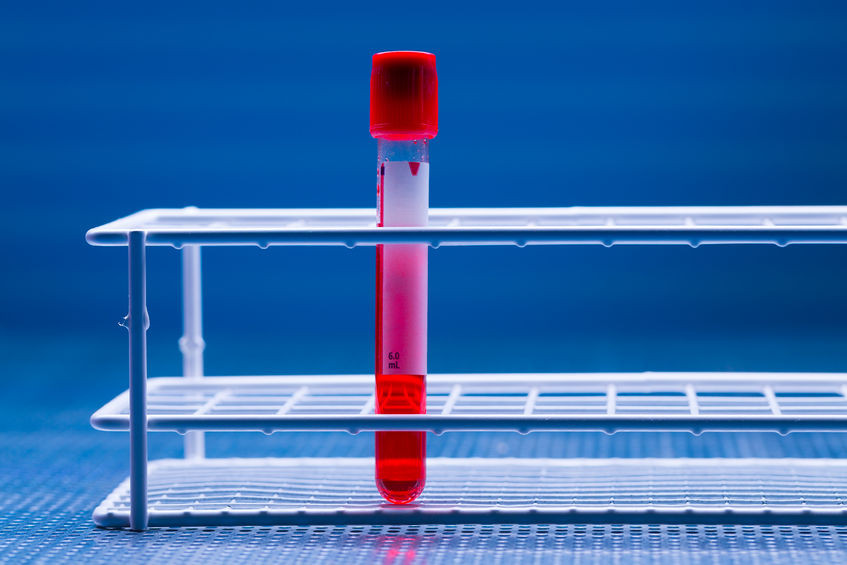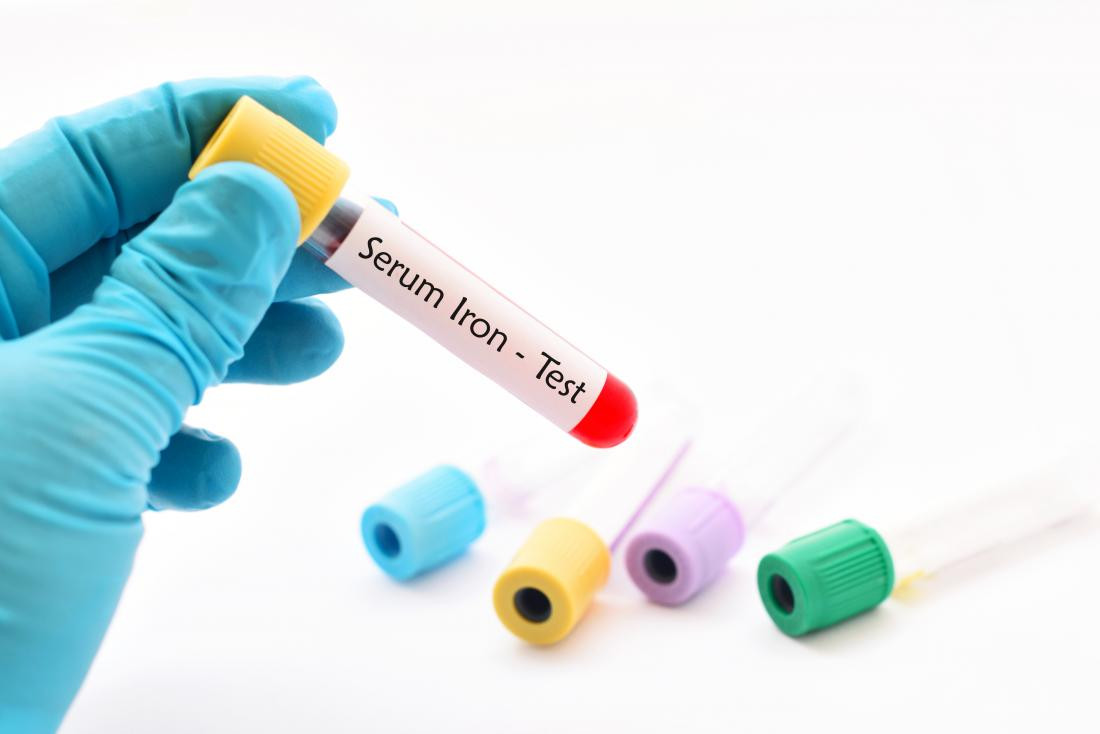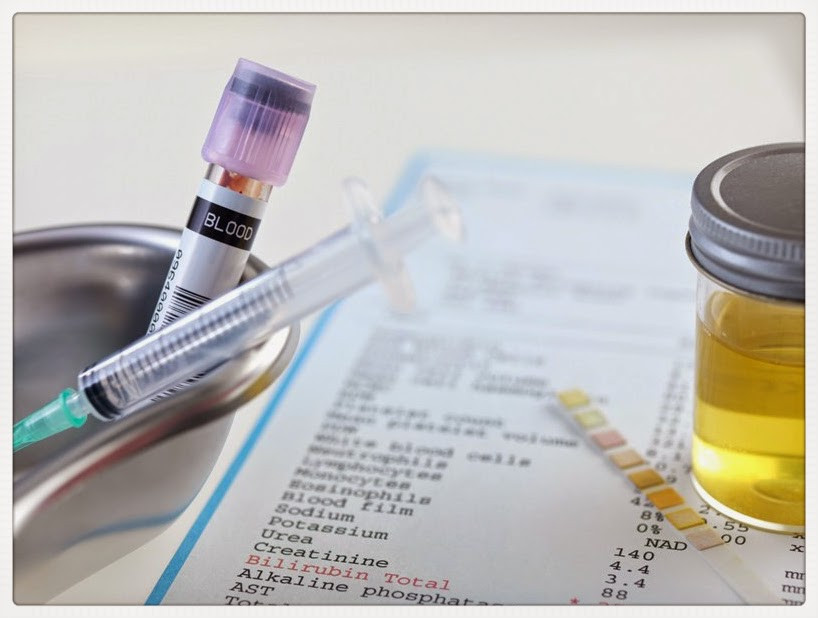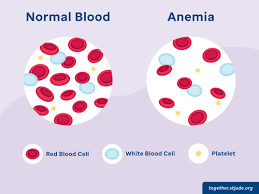Definition
The TIBC (Total Iron Binding Capacity) test is used to determine the amount of transferrin, a protein in the blood that binds to iron. This test provides insights into whether the body is experiencing an excess or deficiency of iron.
Transferrin is produced by the liver and plays a crucial role in binding to iron, after which it transports the iron to the bone marrow, where it is used to produce hemoglobin. Hemoglobin is an essential protein found in red blood cells that carries oxygen throughout the body, supporting optimal bodily functions.
In addition to its role in red blood cell and hemoglobin production, iron is important for muscle and brain health as well as the body’s immune system. Iron can be obtained from various food sources, including eggs, meat, beef liver, spinach, and nuts.
Indication
Your doctor may recommend the TIBC test if you show signs of iron deficiency anemia or if other blood tests (such as a complete blood count, ferritin levels, and serum iron tests) suggest that you may have an iron deficiency.
Pregnant women are also advised to undergo a TIBC test during pregnancy, as they are more prone to iron deficiency, which can have negative effects on both the mother and the developing fetus.
Additionally, the test may be recommended if you display symptoms of excess iron in the body, such as in conditions like hemochromatosis.
Symptoms of Iron Deficiency:
-
Pale skin
-
Fatigue and weakness
-
Increased susceptibility to illness
-
Frequent cold sensations
-
Dizziness, shortness of breath, and rapid heartbeats
Symptoms of Excessive Serum Iron:
-
Joint pain
-
Abdominal pain
-
Increased fatigue and weakness
Contraindication
There are no known contraindications or conditions that would prevent an individual from undergoing the TIBC test.
Preparation Before the Test
The TIBC test does not require any specific preparation aside from fasting. You will be asked to refrain from eating for several hours before the test. Typically, this test is performed in the morning.
Certain medications may interfere with the results of the TIBC test. It is important to inform your doctor if you are taking medications such as:
-
Antacids
-
Contraceptive drugs or medications containing estrogen or testosterone
-
Antibiotics
-
Aspirin
Your doctor will advise you if you need to temporarily stop taking any of these medications. Do not stop taking any prescribed medication without consulting your doctor first.
For women who are menstruating, lower iron levels are common, which could affect the test results. It is advisable to consult with your doctor if you have any medical conditions that might influence the test results to ensure they reflect your actual condition.
Test Procedure
For the TIBC test, a blood serum sample of approximately 0.25 to 0.5 mL is required. The sample is drawn from a vein and placed into a specialized test tube. Laboratory staff will wear gloves and Personal Protective Equipment (PPE) while collecting the sample.
Before drawing blood, the technician will apply an elastic band around your upper arm and clean the puncture site with antiseptic gauze. Blood is generally drawn from the elbow crease area. After the blood sample is collected in the tube, the elastic band will be removed, and the puncture site will be pressed and cleaned with antiseptic gauze.
This procedure is quick, typically taking only a few minutes. The collected blood sample will be analyzed using special equipment in the laboratory, and the results will be available within a few hours.
Normal and Abnormal Values
The normal and abnormal values for the TIBC test are generally as follows:
| Value (mcg/dL) |
Interpretation |
| < 240 |
Low |
| 240 - 450 |
Normal |
| > 450 |
High |
However, value ranges may vary slightly between laboratories depending on the tools and equipment used.
Results and Recommendations (Follow-up Tests)
Low TIBC Levels
Low TIBC test results indicate that there is insufficient transferrin in the body to bind iron, meaning that the blood has high levels of free iron. Several conditions can cause high iron levels, including:
-
Iron or lead poisoning
-
Liver cirrhosis
-
Rare hereditary conditions like hemochromatosis (where the body absorbs excessive iron from food)
-
Thalassemia patients who regularly undergo blood transfusions
-
Hemolytic anemia
-
Malnutrition
Normal TIBC Levels
Normal TIBC levels suggest that red blood cells are functioning properly, and the liver is working optimally. To maintain this balance, it is essential to eat a well-balanced diet, engage in regular physical activity, and have routine health check-ups.
High TIBC Levels
High TIBC test results indicate that the body has an abundance of transferrin to bind iron, which results in excess free transferrin circulating in the bloodstream. This typically reflects a condition of low iron levels in the body.
Conditions that can cause low iron levels include:
-
Blood loss or bleeding
-
Celiac disease
-
Pregnancy (particularly in the third trimester)
-
Following a vegan or vegetarian diet
Consult the Right Doctor
If the results of the TIBC test are abnormal, it is recommended to consult with a general practitioner for further tests and to begin appropriate therapy. An internist or hematology-oncology specialist may also be consulted for a more in-depth discussion. For pediatric patients, any abnormal test results should be reviewed with a pediatrician.
Looking for more information about laboratory, radiology, and other examination results? Click here!
- dr Hanifa Rahma
Transferrin and Iron Binding Capacity (TIBC, UIBC). (2021). Retrieved 17 August 2022, from https://www.testing.com/tests/transferrin-and-iron-binding-capacity-tibc-uibc/
Total Iron Binding Capacity. (2022). Retrieved 17 August 2022, from https://www.mountsinai.org/health-library/tests/total-iron-binding-capacity
What to Know About Total Iron-Binding Capacity (TIBC) Test. (2021). Retrieved 17 August 2022, from https://www.webmd.com/a-to-z-guides/what-to-know-about-tibc
Total Iron Binding Capacity. (2020). Retrieved 17 August 2022, from https://medlineplus.gov/ency/article/003489.htm












